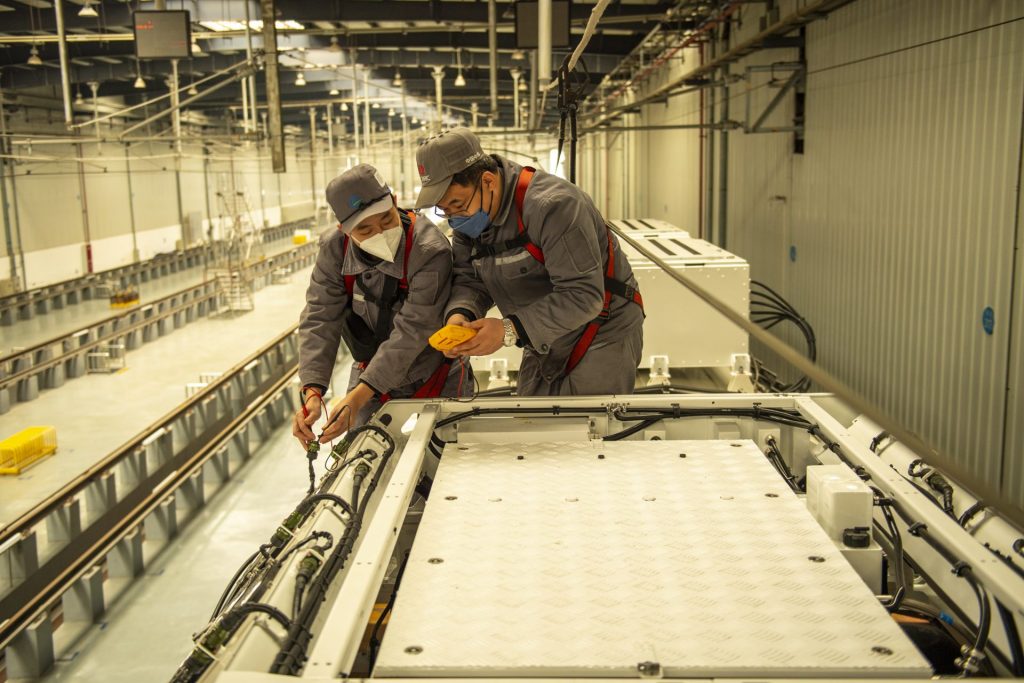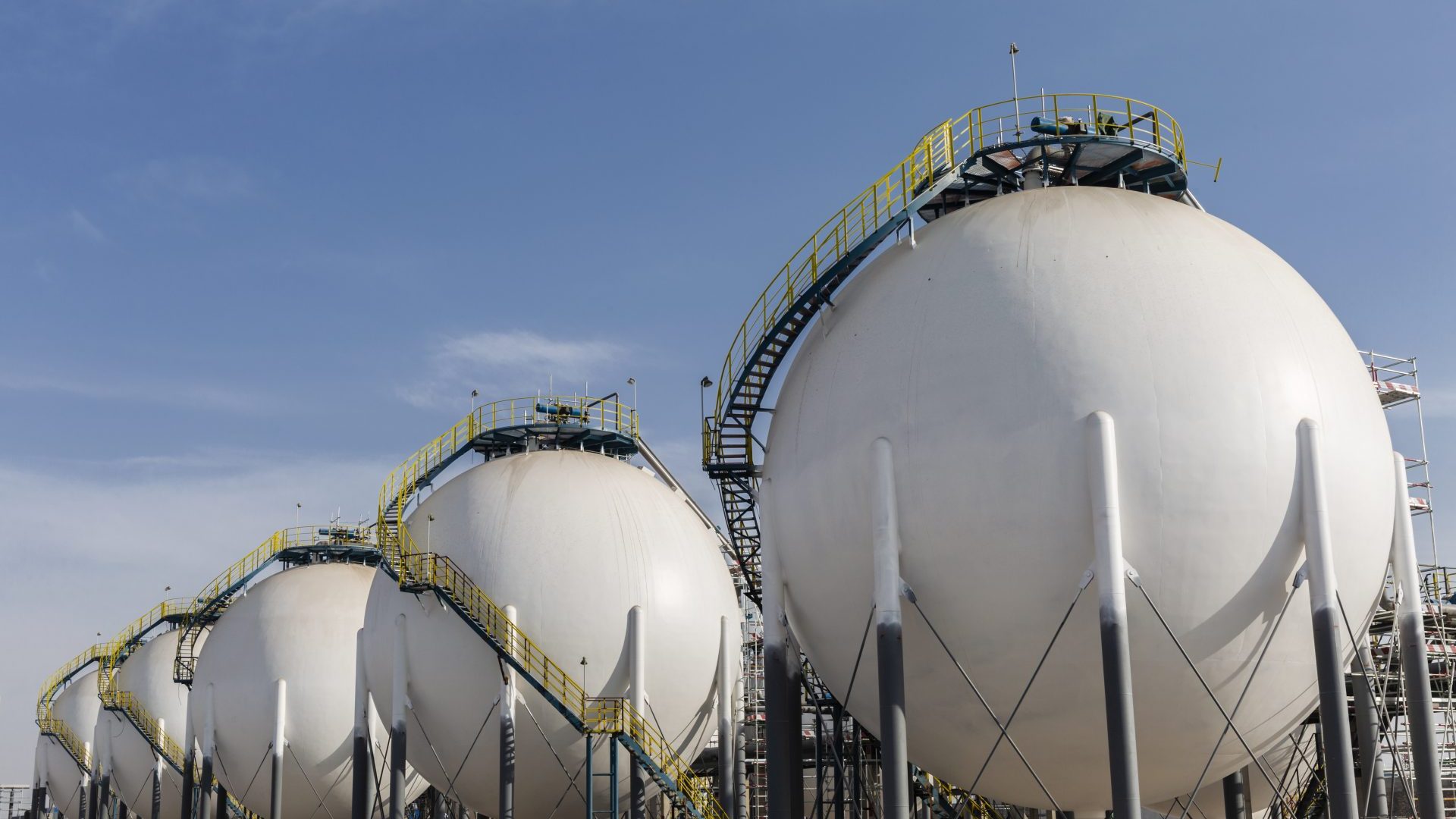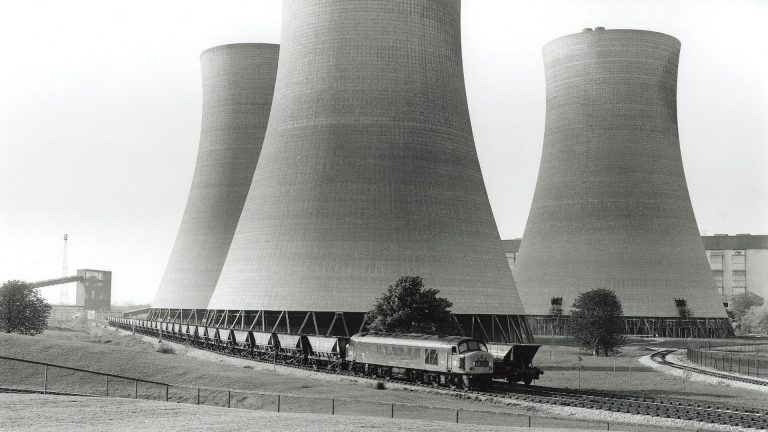Hydrogen as a fuel has had a bad rap and much of that can be traced back to the Hindenburg, the world’s largest airship and still a byword for disaster today. In 1937, in New Jersey, the German passenger airship caught fire and was destroyed as it tried to dock at a naval air station; 35 of the 97 people on board were killed and images of the inferno were seared into the popular imagination as a devastating indictment of the dangers of hydrogen, even though the cause of the tragedy is still uncertain.
The Hindenburg’s fiery demise still sometimes overshadows discussions about the use of lighter-than-air hydrogen as a replacement fuel in a carbon-free future. But while the Cassandras overstate their case, the same might be said of the Pollyannas who describe hydrogen as the Holy Grail of the global search for alternatives to polluting fossil fuels.
The truth is somewhere in the middle: hydrogen is an important piece in the decarbonisation puzzle, alongside renewables and carbon capture solutions, but only if the hydrogen used is green, if costs come down, if its use is carefully targeted, if regulation is transparent and if those backing it are not simply seeking survival strategies for producers of the “dirty fuels” it is meant to replace.
Green hydrogen is produced when renewable energy is used to split water into hydrogen and oxygen through electrolysis. However until now, most of the hydrogen used in industrial processes – such as oil refining, steel-making or fertiliser manufacture – is defined as grey hydrogen, produced by burning natural gas, which emits CO2 into the atmosphere, or brown hydrogen, which is produced using different types of coal. Between these extremes is blue hydrogen, which is a low-carbon hydrogen produced by burning fossil fuels but with carbon capture and storage removing most harmful emissions before they are released into the atmosphere.
According to the International Energy Agency (IEA), natural gas accounted for around 60% of hydrogen production in 2021 while coal accounted for around 20%. Demand for hydrogen reached 94 million tonnes (Mt) in 2021, containing energy equivalent to about 2.5% of global final energy consumption. Low-emission hydrogen only made up a tiny 1Mt of that, and nearly all of that came from plants using fossil fuels with carbon capture, utilisation and storage (CCUS).
So, if hydrogen is to be part of the solution to the climate emergency, the production of green hydrogen needs to be massively scaled up. As well as being used in heavy industries, green hydrogen is seen as a vital complement to renewables, which can be volatile depending on the weather. If the wind dips, or the sun is hidden, supply can be affected and hydrogen can help compensate for that loss, or boost supply during times of peak energy demand.
Patrick Molloy, an analyst at the sustainability thinktank Rocky Mountain Institute, says there may be some hype surrounding hydrogen but insists it cannot be ignored.
“Hydrogen’s advantage and strength is that it is versatile,” he told The New European. “The answer to the fundamental question of whether we are going to have to be dependent on fossil feedstocks and fuels in perpetuity is moving very swiftly to no. There’s a way to go on that path and hydrogen is part of the decarbonisation pathway that will come into being.”
The main role for green hydrogen in the future energy mix will be in replacing fossil fuels in sectors that are hard to electrify, or hard to abate: industries such as steel-making, fertiliser and chemical manufacture, or heavy transport, including shipping. The key is to guarantee that the hydrogen used is green, otherwise what looks like a solution will simply prolong the use of fossil fuels.
“If you decarbonise global shipping fuels and you decarbonise steel and chemicals, the volumes (of emissions) are astronomical. It’s hugely important,” Molloy says, noting that steel alone accounts for nearly 10% of global emissions. Global shipping is estimated to account for around 3% of emissions.
Investors are getting on board. Already there are around 100 pilot and demonstration projects to use hydrogen or its derivatives in shipping and the industry is keenly aware that the International Maritime Organization is tightening regulations on emissions. China’s Sinopec has a huge facility for the production of hydrogen from renewable sources in the northwestern region of Xinjiang with plans to produce around 20,000 tonnes of green hydrogen a year using solar panels. Meanwhile, in Chengdu, China unveiled the world’s first hydrogen energy urban train in December, and Germany has also developed its first fleet of trains powered by hydrogen fuel cells.
The first experimental projects producing “green” steel have also gone ahead using green hydrogen and the airline industry is also investigating the potential of hydrogen; for example, Airbus is working with American engine manufacturer CFM to optimise engines to burn hydrogen and has adapted an Airbus A380 to test hydrogen engines.

The Hydrogen Council says hundreds of large-scale hydrogen projects announced already amount to a possible investment of $240bn by 2030 – although so far, only one-tenth of these are fully completed deals. The Brussels-based industry group estimates that by 2050, the market for hydrogen and hydrogen technologies will be worth $2.5tn per year.
Many European policymakers are on board. In her state of the union speech last September, Commission President Ursula von der Leyen called hydrogen a “game changer for Europe” and announced the creation of a €3bn investment vehicle – the European Hydrogen Bank – to spur demand using cash from the EU Innovation Fund to create a market for hydrogen and bridge the investment gap.
Under REPowerEU, the bloc’s ambitious €210bn plan to “speed-charge” its Green Deal, the EU has pledged to produce 10m tonnes of renewable hydrogen each year by 2030, and import 10m tonnes as well – all as part of wider efforts to wean itself off Russian oil and gas in the wake of Vladimir Putin’s invasion of Ukraine. But EU officials note that hydrogen is not an end in itself but simply one of the energy carriers that could be used in hard-to-abate sectors.
Subsidies and state aid are vital in the push for green hydrogen, Molloy says, because they help keep costs down, thus encouraging users to feel confident in adopting the new technology and enabling them to make their long-term investment decisions accordingly. This in turn will help bring costs down, initiating a virtuous circle.
“You’re talking about an investment decision on the steel manufacturing or chemicals side where once every 50 years they retrofit or build a new facility and then you are locked in. If we decarbonise these now and accelerate these pathways through support from states you actually are talking about a lifetime impact across the facility that would otherwise have been consuming fossil feedstocks. That’s really consequential. It’s about turning and tipping the trajectory of many of these sectors in terms of their carbon impact.”
In the United States, President Joe Biden included billions of dollars of green hydrogen tax credits in his $430bn Inflation Reduction Act (IRA) last year, a move that has strained relations with the EU because member states fear the US tax breaks could entice businesses to relocate. The IRA offers a $3 per kilogram tax credit for clean hydrogen, which makes green hydrogen as cheap, if not cheaper, than grey and blue hydrogen.
The US is not alone. China, which currently leads the hydrogen market, is aiming to produce up to 200,000 tonnes of green hydrogen per year by 2025. Around the world, almost 300 green hydrogen projects are under construction or have started up but the vast majority are small demonstration plants, IEA data shows.
So much for the hype, but hydrogen is not the answer to everything – its use is limited, costs are high and some of the technology is still nascent. The world also does not yet produce enough renewable power to produce the green hydrogen needed to replace the dirty hydrogen already in use, although European Commission officials believe that increased demand will act as a pull factor to spur increased production of renewable power. But even as the investment drive speeds up, evidence of another problem is mounting.

At least four studies published last year warned of the dangers caused by hydrogen leaks, saying that these could actually speed up global warming. That’s because when released into the atmosphere, hydrogen reduces the concentration of molecules that destroy greenhouse gases. And that could negate the benefit of using green hydrogen in the first place as leaks would cancel out the drop in emissions resulting from not using fossil fuels. So far, though, a lack of technology for monitoring hydrogen leaks means it is difficult to measure the exact impact and researchers say this needs to be rectified urgently before businesses embark on costly hydrogen projects.
At the moment, most hydrogen is used where it is made, reducing the potential for leaks during transport, but if it is to play a larger role in global energy production it will have to be piped and shipped around the world. In fact, the fossil fuel industry hopes the existing gas infrastructure, like pipelines and import and export terminals, could be used for this. But on the downside, hydrogen can weaken metal pipes and this can lead to cracking.
The European Commission has ordered its own studies into the effect of leaks and introduced measures into the hydrogen and gas market decarbonisation package – a set of policies designed to support the creation of infrastructure and efficient markets – to tackle the problem. The measures state that hydrogen leak detection reports should be published by pipeline operators, and leaks promptly repaired.
“The level of knowledge of hydrogen as an energy carrier is still under development but we have proposed various precautionary measures to require operators of infrastructure to prevent leakages,” said an EU official.
Another potential stumbling block is the high cost of the electrolysers needed to produce green hydrogen but Molloy says these are bound to come down as demand builds, just as we have seen costs plummet in the solar and wind sectors.
“Electrolyser producers have seen a huge amount of investment in the last couple of years, precisely with a view towards moving to the best-in-class manufacturing facilities, which improves manufacturing efficiency, increases the shape of the supply chain and therefore is going to drive those costs down,” he said.
Some environmentalists worry that the hydrogen rush may end up boosting fossil-based grey hydrogen production as well and point to the fact that in Europe, for example, there is still a debate around the exact definition of green hydrogen based on renewables and low-carbon hydrogen based on fossil fuels or nuclear.
In February, the European Commission published rules that could allow some hydrogen produced in nuclear-based energy systems to count towards EU renewable energy goals – a win for France, which gets around 70% of its power from nuclear, and a blow to countries opposed to a greater role for nuclear in the green transition. The dispute is holding up talks on new EU renewable energy targets and some officials fear it could also affect other green energy policies.
Activists are worried because they fear a weakening of standards around what constitutes renewable energy.
“That’s the tricky situation we’re in right now in the EU because we don’t really have a definition of what low-carbon hydrogen means,” says Esther Bollendorff, gas policy expert at Climate Action Network (CAN) Europe, who worries that the transition period before green renewables-based hydrogen capacity can meet demand may see slippage on Europe’s energy and climate or Green Deal objectives as low-carbon or blue hydrogen is produced using fossil fuels.
“That’s the transition pathway that we don’t want and we want to reduce it to a minimum because every single cent that is invested into blue fossil-based hydrogen, coupled to CCS (carbon capture and storage), is a continued support to the fossil gas industry… This money should go into getting rid of fossil fuel dependence by making our economy circular, reducing energy demand and producing energy from renewable sources,” she said.
“As long as we have this wishy-washy and unclear transition period, there are loads of opportunities for continued gas extraction and use. So that’s why we have a very critical stance towards low-carbon labels,” Bollendorff says.
The concern is that without strict definitions, hydrogen expansion could allow the fossil gas industry to continue with business as usual – a risk acknowledged by the Commission itself.
“Unless the electricity system is already largely decarbonised, it is crucial to match the electricity demand for hydrogen production with additional renewable electricity generation. If hydrogen production weren’t matched by additional renewable generation, electrolysers’ additional electricity demand could risk leading to increased fossil-based power generation,” it said in an information note on its website on February 13.
CAN is also worried about the EU’s plans to import 10m tonnes of hydrogen per year, stressing that care should be taken to ensure the producer countries – the EU has signed deals with Egypt and Namibia among others – are themselves transitioning to clean energy and not just, as Bollendorff says, “producing this exquisite champagne of green renewables-based hydrogen for those who can pay for it”, something she likens to a colonial approach.
The conclusion seems to be that hydrogen definitely has a role in a clean energy future, but its large-scale deployment must be handled with care so that we do not blow this opportunity to truly decarbonise some of our traditionally “dirtiest” industries. And it is naive to expect the fossil fuel industry to push this agenda.
“The fossil fuel industry has built its prosperity on billions of dollars of profits over decades, with TotalEnergies reporting a net profit of $6.6bn in the third quarter last year,” Bollendorff says. “The fossil fuel majors might give the impression of being part of the transition and developing the energy of the future… but they are not going to be the main drivers in the change that needs to come because they have a business model that has been working very well. It needs to be governments, civil society and people who are pushing and asking clearly and loudly for change to happen.”
Moving forward, perhaps we should bear in mind the fate of another airship, the UK’s R101, which crashed during its maiden flight to France in October 1930, killing 48 of the 54 people on board, including the UK’s air minister, Lord Thomson, whose haste to get the ship airborne likely contributed to the disaster. A timely warning that slow and steady might be the best way forward for those hoping to harness hydrogen for a cleaner future.








